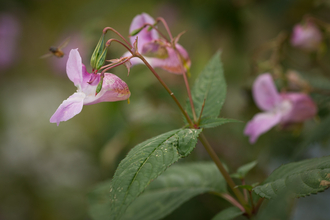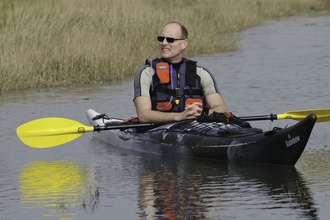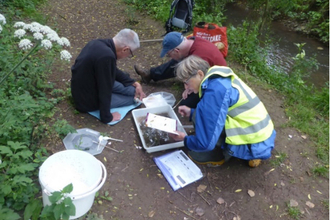Recovering our Rivers: practical activities
If you are someone who likes getting stuck in and practical then there are lots of things you can do to help the river. From helping manage invasive species to tree planting along the river banks, take a look at these options.




